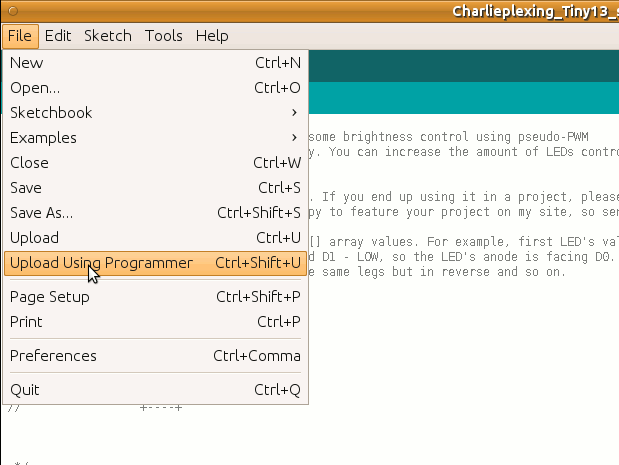Ultimate Guide on How to Attract Birds to My Bird Feeder: Tips and Tricks for Birdwatching Enthusiasts
Guide or Summary:Understanding the Importance of Bird FeedersChoosing the Right Bird FeederOptimal Location for Your Bird FeederChoosing the Right Bird Food……
Guide or Summary:
- Understanding the Importance of Bird Feeders
- Choosing the Right Bird Feeder
- Optimal Location for Your Bird Feeder
- Choosing the Right Bird Food
- Maintaining Your Bird Feeder
- Creating a Bird-Friendly Environment
- Patience and Observation
**Translation of "how to attract birds to my bird feeder":** 如何吸引鸟类到我的鸟食器
---
Understanding the Importance of Bird Feeders
Bird feeders are not just a delightful addition to your backyard; they serve a crucial role in the lives of many bird species. By providing a reliable food source, you can attract a variety of birds, contributing to their survival, especially during harsh weather conditions. In this guide, we will explore how to attract birds to my bird feeder and create a haven for these beautiful creatures.

Choosing the Right Bird Feeder
To effectively attract birds, the first step is selecting the right type of bird feeder. There are various designs available, including tube feeders, platform feeders, and hopper feeders. Tube feeders are excellent for small birds like finches, while platform feeders can accommodate larger species. Consider the types of birds in your area and choose a feeder that caters to their preferences.
Optimal Location for Your Bird Feeder
The placement of your bird feeder is crucial in attracting birds. Ideally, you want to position it in a quiet area that offers some shelter, such as near trees or shrubs. This provides birds with a safe place to perch and observe their surroundings. Avoid placing the feeder too close to windows, as this can lead to collisions. A distance of at least 30 feet is recommended.
Choosing the Right Bird Food
When it comes to attracting birds, the type of food you offer is paramount. Different species have different dietary preferences. For example, sunflower seeds are a favorite among many birds, while suet is ideal for woodpeckers and nuthatches. Consider offering a mix of seeds, nuts, and fruits to cater to a diverse range of birds. Additionally, ensure that the food is fresh and free from mold.

Maintaining Your Bird Feeder
Regular maintenance of your bird feeder is essential for attracting birds. Clean your feeder every couple of weeks to prevent the spread of disease. Remove any old or spoiled food and replace it with fresh offerings. Keeping your feeder clean not only ensures the health of visiting birds but also makes it more appealing for them to return.
Creating a Bird-Friendly Environment
To further increase your chances of attracting birds, consider enhancing your backyard with bird-friendly plants. Native plants provide natural food sources and nesting sites for birds. Additionally, installing birdbaths can offer birds a place to drink and bathe, making your yard even more inviting.
Patience and Observation
Attracting birds to your feeder may take time, so patience is key. Spend time observing your yard and take note of which birds visit. This can help you adjust your feeding strategy over time. You may also want to keep a journal to track the species you see, which can enhance your birdwatching experience.

In conclusion, knowing how to attract birds to my bird feeder involves a combination of choosing the right feeder, food, and location, along with maintaining a bird-friendly environment. By following these tips and being patient, you can create a vibrant space for birds to thrive in your backyard. Enjoy the beauty and joy that comes with birdwatching, and contribute positively to the local ecosystem!